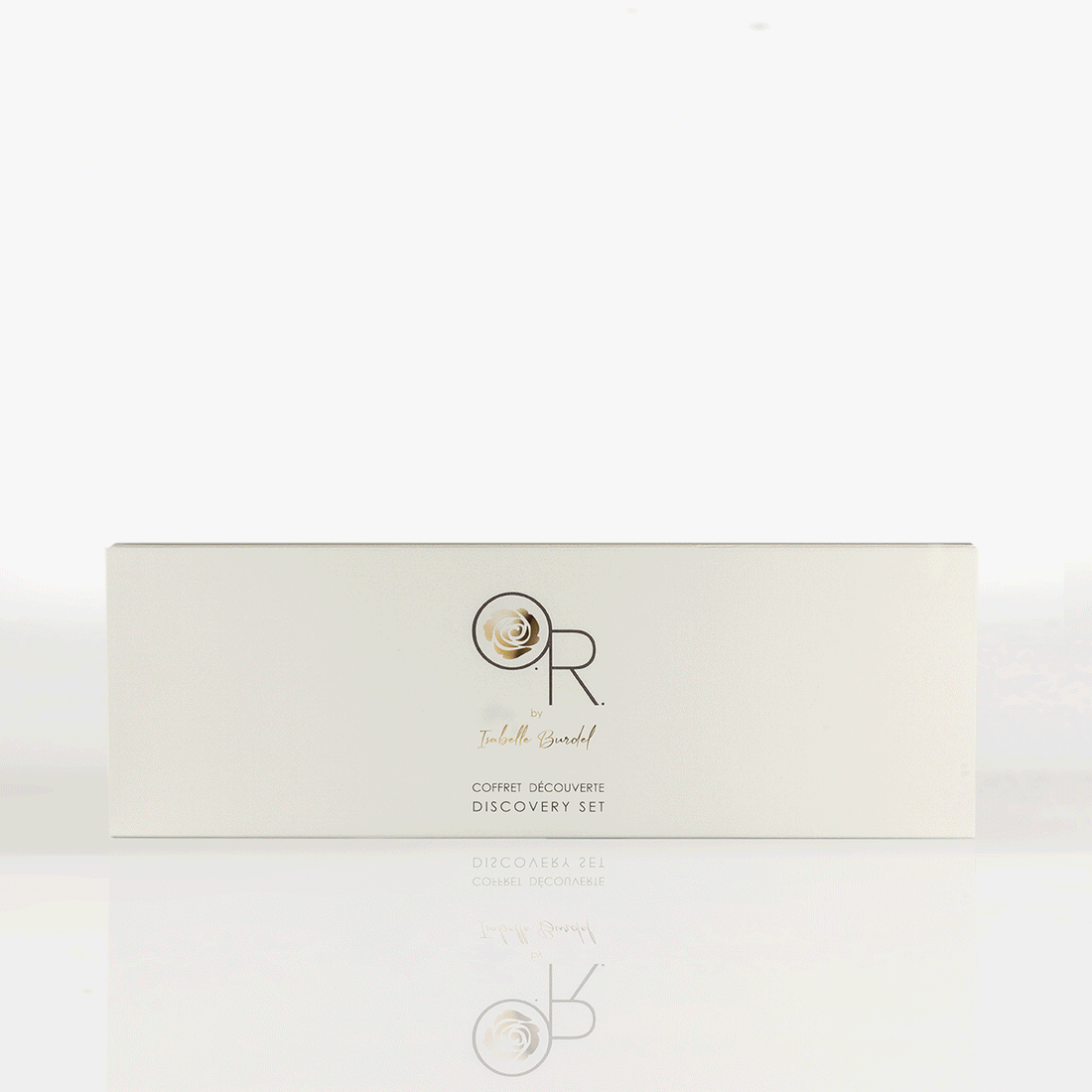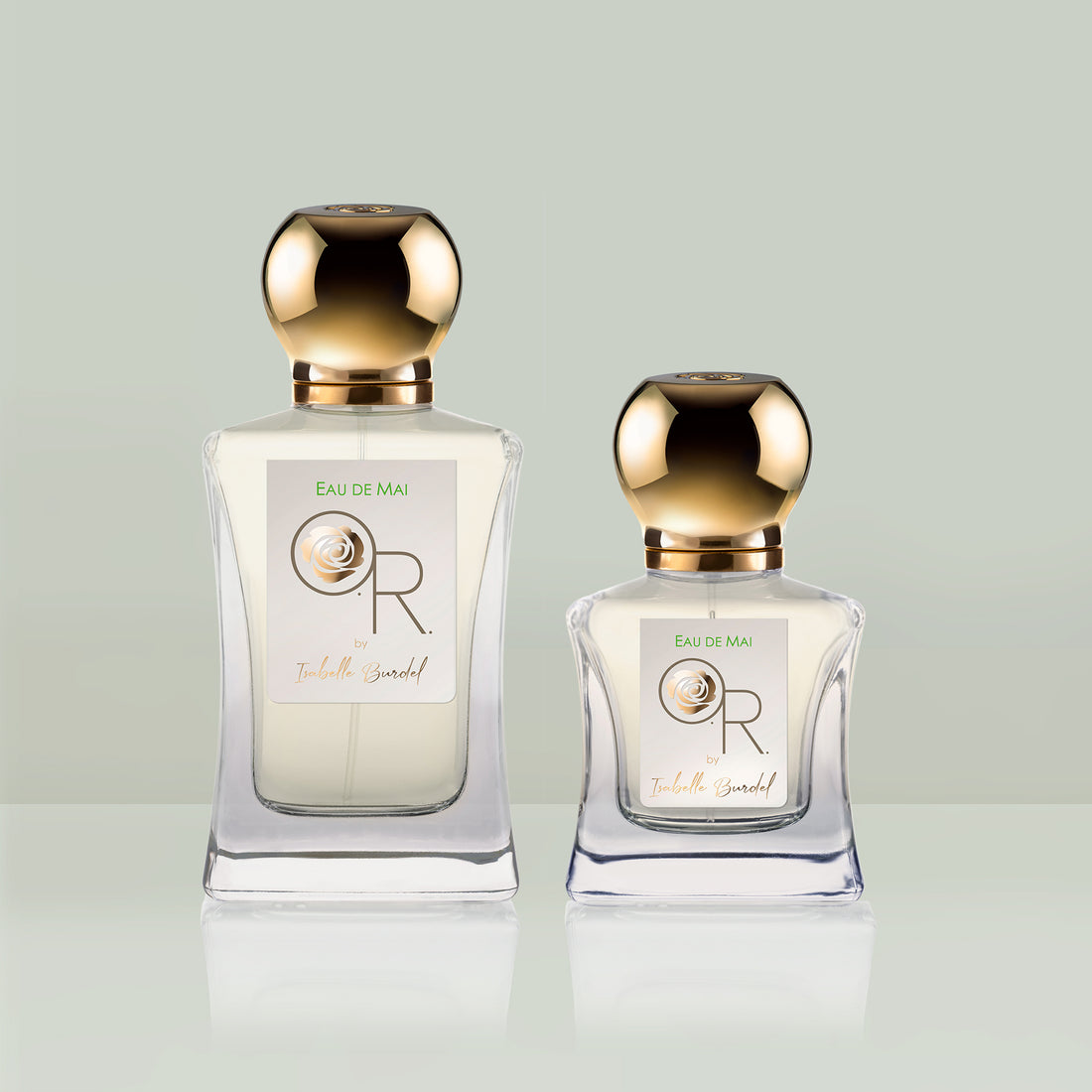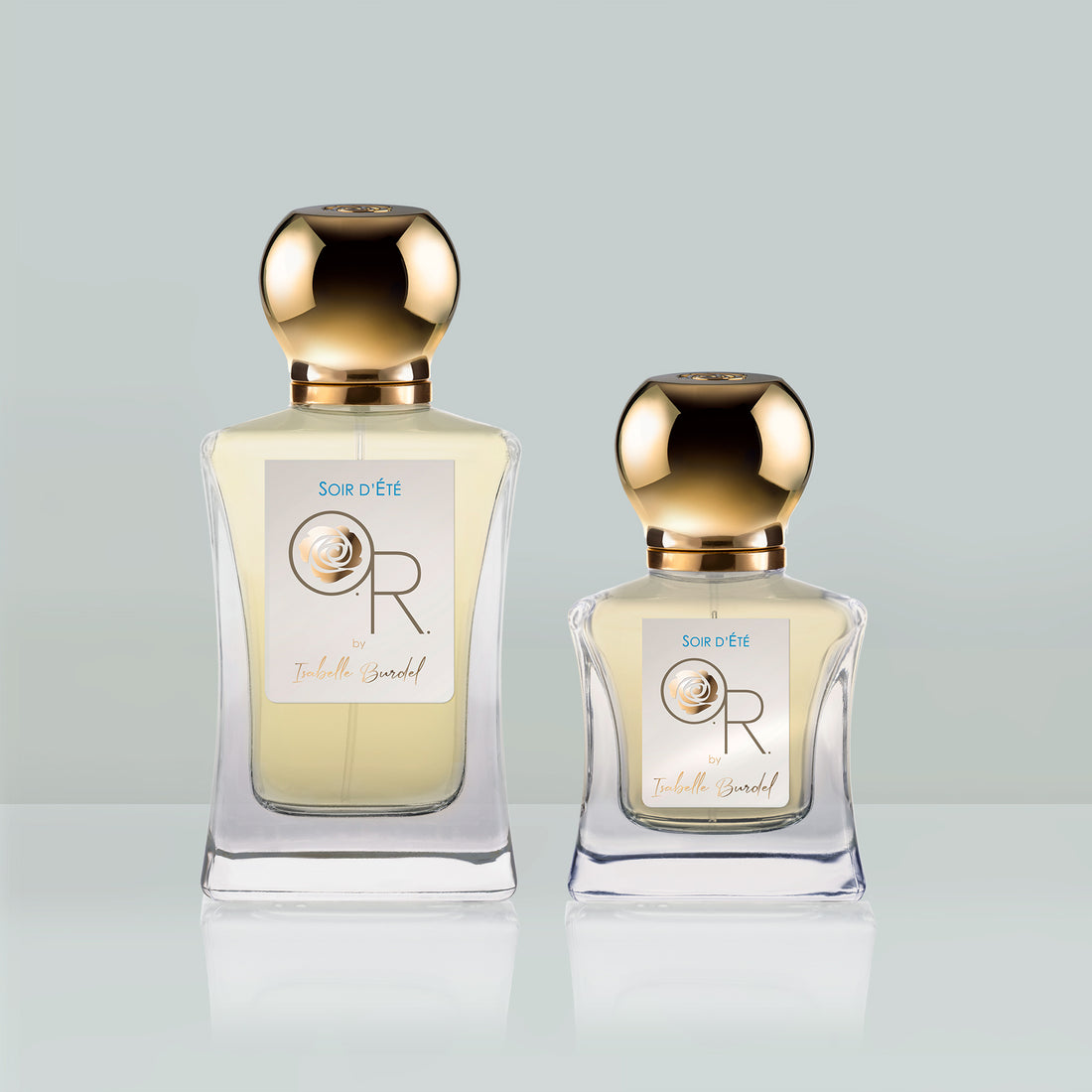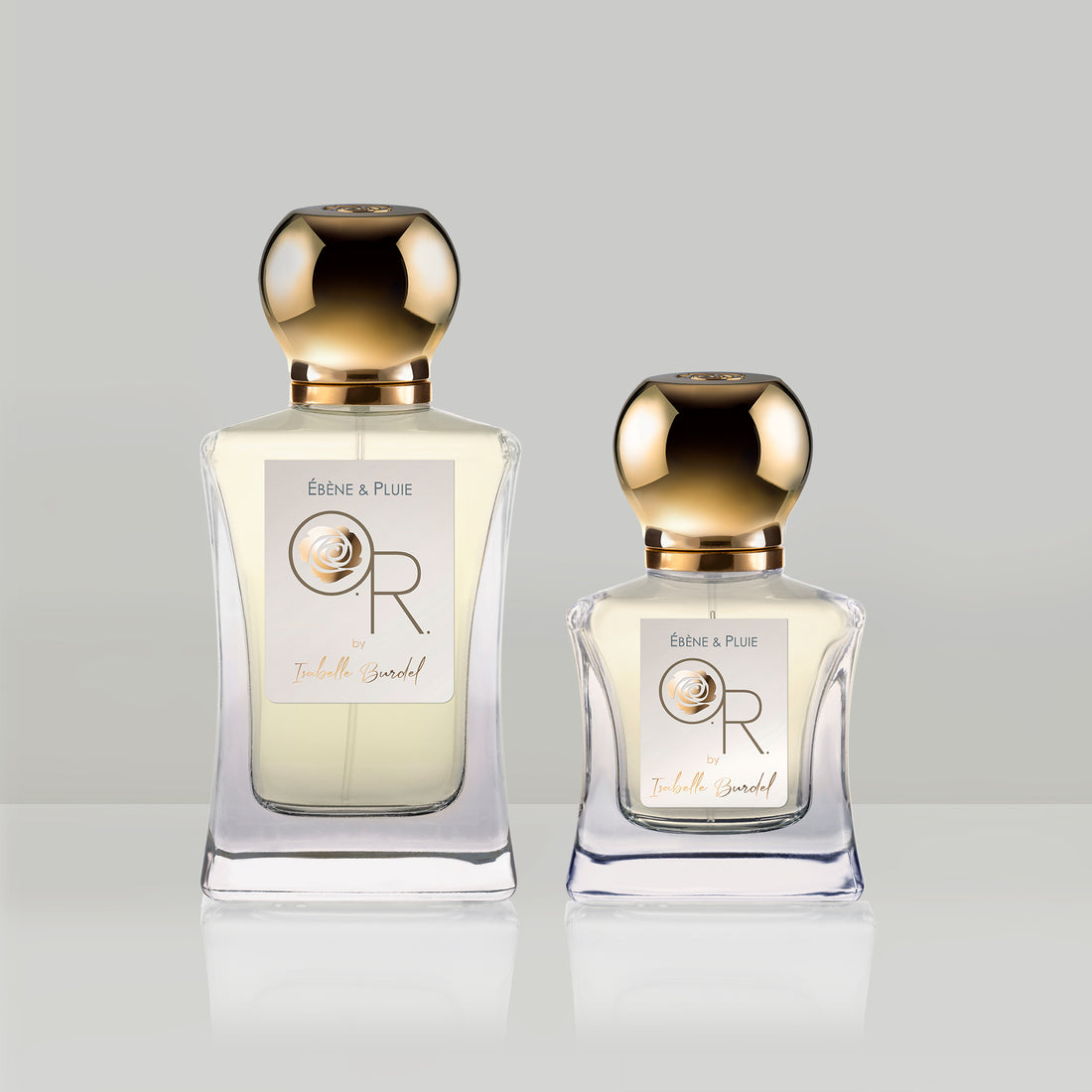Do you know what neroli is? In perfumery, it refers to the essential oil of the bitter orange flower. Neroli belongs to the white flowers, alongside jasmine, ylang-ylang, and tuberose. Depending on the techniques used to extract its scent, the orange blossom can reveal itself as fresh, flowery, or sensual. Neroli's fragrance is multifaceted, lending itself to various combinations, from colognes to sun-kissed and enchanting scents.
Neroli perfume: origin and culture
This flower comes from the bitter orange tree, originally from China or India. It was cherished in ancient Arabia and later spread to the Mediterranean region, including Spain, where it was introduced by the Arabs in the 9th century. It was brought to the rest of Europe by the crusaders starting from the 11th century.
This 5 to 10-meter-tall tree thrives in the sun, fertile, and well-moistened soils. Only the zest of its slightly juicy, bitter, and acidic fruit is of interest olfactorily and gustatorily, similar to bitter orange marmalade, for instance.
Its flowers, larger than those of the sweet orange, emit a more intense fragrance.
Beyond its scent, neroli owes its name to Marie de Trémoille-Noirmoutiers, the wife of Orsini, the Duchess of Bracciano, Princess of Chalais and Neroli, who was captivated by the orange blossom and its fresh facets.
The bitter orange tree is now cultivated in Spain, Morocco, and Tunisia. It is a prolific tree for perfumery: from the fruit to the flower, including the leaves, almost all its parts are suitable for perfumery. The distillation of the fruit produces bitter orange essential oil, the branches produces petitgrain essential oil, and the flower produces orange blossom essential oil.
How to extract neroli's perfume?
The distillation of bitter orange or bitter orange tree flowers yields an essential oil called neroli. Its fresh, floral, and zesty scent exudes an innocent charm, evoking the language of flowers where the orange blossom symbolizes purity and childhood.
Neroli is a costly product (about 6,000 euros per kilogram of essential oil) due to its low yield. On average, it takes a ton of flowers to produce one kilogram of neroli.
But beneath the innocent appearance, the orange blossom hides a true sensuality. A darker dimension is revealed through solvent extraction. This technique involves placing the flowers in tanks filled with hexane, ethanol, or supercritical CO2 to obtain a paste. This wax-like and fragrant paste is then washed in a hydroalcoholic solution and filtered to preserve the aromatic parts soluble in alcohol and obtain orange blossom absolute. This version is more intoxicating, round, and honeyed.
It is the only flower capable of withstanding both distillation and extraction, revealing two different facets of the flower, between freshness and sensuality. This duality has earned it the nickname "lolita" of perfumery at times.
The perfume of Neroli and its olfactory profile
Neroli's fragrance derives its freshness from its zesty notes. Its floral side provides a sweet and soothing quality. While it possesses a green and lavender facet, neroli is also a white flower with bright nuances. The orange blossom, jasmine, tuberose, and ylang-ylang all share a sunny charm. It is a flower that brings tenderness to perfumes, often used in fresh waters or fragrant products for children.
Highly nuanced, neroli's fragrance owes much to its organic diversity. Perfumers often use molecules that naturally exist in its composition to enhance some of its nuances. For instance, linalool, which is common to bergamot, lavender, and neroli, enhances the zesty and rustic tones of the flower. Indole is used to impart animalic touches. Methyl anthranilate underscores the "orange" aspect, a sweeter facet of neroli. Salicylates can accentuate its luminous side, giving it a sunny dimension.
Neroli in iconic perfumes
Neroli or orange blossom is part of the timeless flowers in perfumery. From the 19th century, they found their way into colognes, where neroli blends with citrus and herbaceous notes such as lavender.
The flower can be found in the heart of great classics like Guerlain's "L'Heure Bleue" (1912), with a powdery character, or Caron's "Narcisse Noir" (1911) with a narcotic style. It pairs well with musky accords, as seen in Fragonard's "Fleur d'Oranger" (2004) or Courrèges' "La Fille de L'Air" (2015). It is also an essential component of sunny white flower bouquets, like L'Artisan Parfumeur's "La Chasse aux Papillons" (1999).
Neroli in Olfactory Revelation perfumes
With 35 years of experience, Isabelle Burdel has been an independent perfumer for 20 years. She creates custom perfumes for an international and diverse clientele in her private salon in Cannes, a skill that now shines through her brand, Olfactory Revelation.
Among the nine fragrances in the collection, the perfume of neroli imbues the “Eau de Mai” with its freshness. An ode to nature, spring breezes, green, citrusy, and flowery nuances. Neroli can also be found in the perfume "Tubéreuse Solaire", a bouquet of white flowers where orange blossom embraces jasmine and tuberose, resting on a bed of vanilla and sandalwood. A suave and enchanting composition that reveals the sensuality of orange blossom.
If fragrances dominated by neroli intrigue you, don't hesitate to order the Olfactory Revelation discovery set! It's an opportunity to discover this fresh and intoxicating flower !






